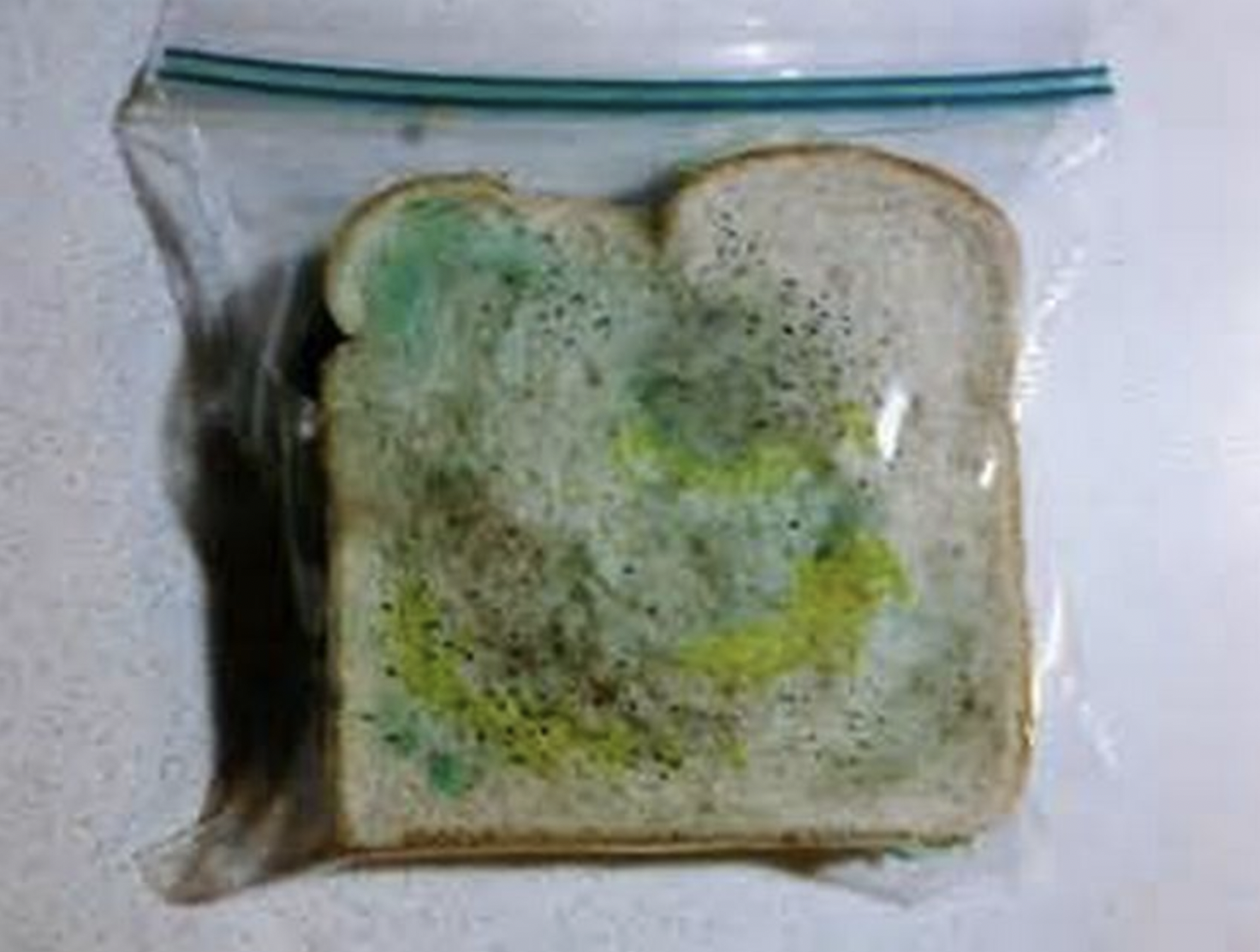When you see greenish-blue, fuzzy stuff growing on your food, you know it’s not a good thing. Unless you’re working on a science experiment, mold and food don’t mix.
But did you know that moldy food is more than gross — it can be downright dangerous?
Tiny But Mighty Dangerous
Molds are tiny organisms found nearly everywhere, including on plants and food. They reproduce through almost invisible spores that travel through the air.
So, when you see them on your food, they’re also trying to overtake the rest of your house. If you or someone near you has allergies, mold will irritate them. Worse, long-term exposure to certain types of mold can cause serious and deadly illnesses.
One of the easiest ways to stop mold at the source is to prevent it from being attracted to your food. Try these tips to keep your food fresh, and the mold limited to science projects.
1. Buy Fresh
When you buy your fruits and veggies at local markets instead of packaged in grocery stores, you’re more likely to use them faster. The sooner you eat your produce, the less time it has to get moldy.
Markets are run by people who harvest the produce daily, keeping the item on its original plant as long as possible before selling it. Because the fruit or veggie is connected to nutrients and fresh air, mold doesn’t have time to form, and if it does, the plant’s natural immune system fights it.
But once it’s harvested, it’s set in a crate for sale. The food is then sent to the grocery store and eventually put on display, meaning there’s plenty of time for your food to begin to collect mold before it makes it to your home.
2. Reduce Your Grocery Load
With our busy schedules, buying in bulk is now the way many of us shop. Grocery stores and member’s markets help families stretch their dollars and reduce the need for frequent shopping trips.
Are you really saving money if you buy in bulk but then throw a lot of your items out because they get moldy?
Instead, look for convenient stores near your home or on your daily commute route, and buy the perishable items you need for the next few days. You can still shop for the non-perishables in bulk, but foods that go bad should be purchased in small amounts frequently.
3. Keep Your Kitchen Clean
The kitchen and bathroom are hotbeds for bacteria and germs because of the constant exposure to moisture. Your dish rags and sponges sit on the counter, waiting to be used. Food spills aren’t always cleaned up immediately. The fridge, cutlery, and cupboards collect debris and dust.
Mold grows in warm and cold temperatures. Keep your kitchen clean, and schedule regular deep cleanings multiple times per year. Replace or clean your cleaning clothes after every use.
4. Store Your Food in Clean, Airtight Containers
How do you store plants when you have leftovers or buy them? The best way to keep them fresh and prevent mold is to use a clean, airtight container or plastic wrap.
First, be sure the jars and containers are clean and dry. Airtight containers reduce the mold risk — unless there’s moisture already in there.
Then, place the food in the container and try to fill it as much as possible before housing it in the fridge or cupboard. Depending on what you’re storing, you are trying to keep it fresh, you may want to put the perishable item in a Ziploc bag and squeeze the air out of it.
This is a technique commonly used with cannabis users for marijuana flower, although edibles are becoming just as popular as more people pay attention to the dangers of smoking weed.
As this article by Veriheal discusses, worries about secondhand smoke and the health and potential drug test issues abound. These concerns have made edibles a preferred way to get the benefits of medical marijuana. But edibles must stay fresh, too.
The less air that your perishables are exposed to, the safer they are from mold.
Conclusion
Mold is not an extra flavor to add to your food, and it’s dangerous to you and those in your home. Follow these simple tips when you want to limit your mold to penicillin only and save the science projects for researchers and school children.

